How to Prepare Your Facility for Hurricane Season in Florida
Understanding the Risks of Hurricane Season
Hurricane season in Florida runs from June to November, with the most active period typically occurring from August to October. During this time, facilities are at risk of experiencing high winds, heavy rainfall, and storm surges, leading to potential structural damage and operational disruptions. It's crucial for facility managers to be proactive in preparing for these natural events to safeguard both property and personnel.
Preparation begins with understanding the specific risks associated with your location. Facilities near the coast may face different challenges compared to those inland. By assessing your facility's vulnerabilities, you can tailor your hurricane preparedness plan to address specific threats effectively.

Developing a Comprehensive Emergency Plan
An essential step in hurricane preparedness is developing a comprehensive emergency plan. This plan should outline procedures for protecting the facility, evacuating personnel if necessary, and ensuring continuity of operations. Key components of an emergency plan include:
- Communication Protocols: Establish clear lines of communication for staff and stakeholders before, during, and after a hurricane.
- Evacuation Routes: Identify safe evacuation routes and designate assembly points.
- Emergency Supplies: Stockpile necessary supplies such as water, non-perishable food, first aid kits, and flashlights.
Regularly reviewing and updating your emergency plan is vital to account for changes in personnel, facility layout, or local regulations.
Securing the Facility Against Storm Damage
To minimize damage from hurricanes, facilities should be secured against high winds and heavy rain. Begin by inspecting the building's exterior for vulnerabilities. Secure loose items that could become projectiles and reinforce windows and doors with storm shutters or plywood.
Roof maintenance is particularly important; ensure that roofs are in good condition and free from debris that could cause blockages or additional damage. It's also wise to inspect drainage systems to prevent water accumulation that can lead to flooding.

Ensuring Power and IT System Resilience
Power outages are common during hurricanes, so having a backup power supply is crucial. Install generators to ensure that critical systems remain operational during and after a storm. Regularly test these generators to ensure they are functioning properly.
Additionally, protect your IT infrastructure by backing up important data and ensuring servers are located in secure locations. Surge protectors and uninterruptible power supplies (UPS) can help protect sensitive equipment from power fluctuations.

Training Staff and Conducting Drills
Ensuring that all staff members are familiar with emergency procedures is a key component of hurricane preparedness. Conduct regular training sessions to educate employees on the emergency plan and their specific roles during a hurricane event.
Drills should be conducted periodically to test the effectiveness of the emergency plan and identify any areas for improvement. These exercises help staff become more comfortable with their responsibilities, reducing panic and confusion during an actual emergency.
Coordination with Local Authorities
Maintaining open communication with local emergency management authorities can provide valuable support during hurricane season. Stay informed about local evacuation orders, shelter locations, and other vital information through official channels.
Collaborate with local agencies to ensure that your facility's emergency plans align with community efforts. This coordination can enhance overall safety and facilitate quicker recovery post-storm.

Reviewing Insurance Coverage
Before hurricane season, review your insurance policies to ensure adequate coverage for potential storm-related damages. Understand what is covered under your policy and consider additional coverage if necessary, such as flood insurance.
Keep detailed records of your facility's inventory and condition before a storm, as this documentation can be invaluable when filing insurance claims afterward. Regular communication with your insurance provider can also clear up any uncertainties about coverage specifics.
